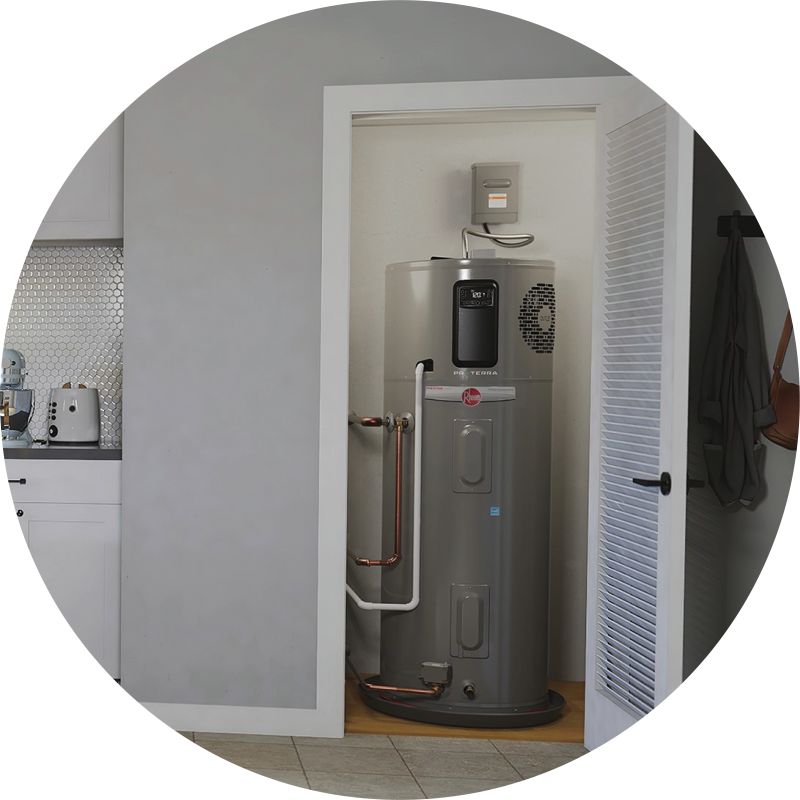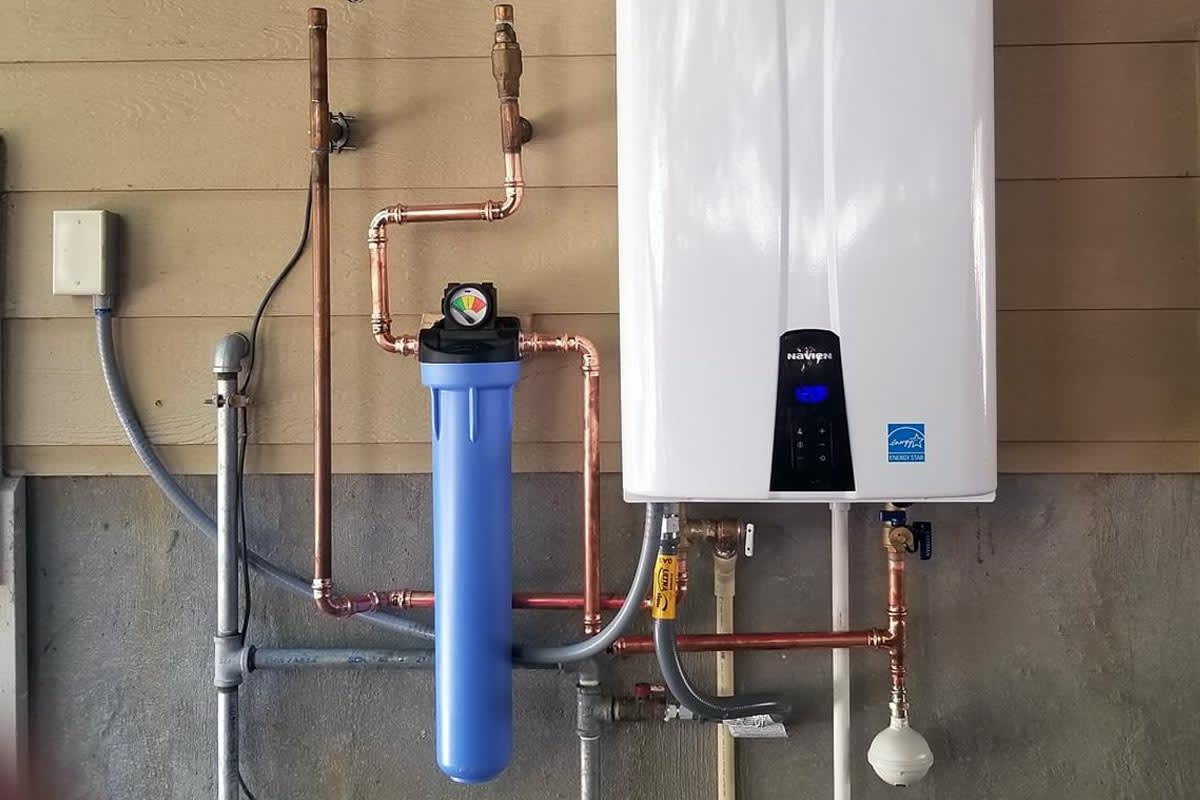Maintaining Your Home's Hot Water System: Essential Tips
Maintaining Your Home's Hot Water System: Essential Tips
Blog Article
What're your insights and beliefs about What Kind of Maintenance Do Water Heaters Need??

Warm water is necessary for daily convenience, whether it's for a rejuvenating shower or washing recipes. To ensure your warm water system runs efficiently and lasts much longer, regular maintenance is vital. This short article gives useful pointers and understandings on exactly how to keep your home's hot water system to stay clear of disruptions and expensive repairs.
Introduction
Keeping your home's hot water system may appear difficult, however with a couple of easy steps, you can guarantee it runs smoothly for years to find. This overview covers whatever from recognizing your warm water system to DIY maintenance suggestions and understanding when to employ expert aid.
Relevance of Maintaining Your Hot Water System
Regular maintenance not only prolongs the life expectancy of your hot water system but also ensures it operates effectively. Overlooking maintenance can cause reduced effectiveness, greater power expenses, and also early failing of the system.
Indications Your Warm Water System Demands Maintenance
Knowing when your hot water system requires focus can protect against major issues. Watch out for indications such as irregular water temperature level, weird noises from the heater, or rusty water.
Comprehending Your Hot Water System
Prior to diving right into upkeep jobs, it's handy to understand the basic components of your hot water system. Generally, this includes the water heater itself, pipes, anode rods, and temperature controls.
Month-to-month Upkeep Tasks
Routine regular monthly checks can assist catch small concerns prior to they intensify.
Flushing the Water Heater
Purging your hot water heater eliminates sediment buildup, boosting performance and extending its life.
Checking and Changing Anode Rods
Anode poles avoid corrosion inside the tank. Evaluating and changing them when worn out is crucial.
Checking and Adjusting Temperature Level Setups
Changing the temperature setups guarantees optimal efficiency and security.
DIY Tips for Upkeep
You can do several upkeep jobs yourself to maintain your hot water system in top problem.
Checking for Leakages
On a regular basis inspect pipelines and connections for leakages, as these can result in water damages and greater bills.
Checking Pressure Alleviation Valves
Evaluating the pressure safety valve ensures it operates appropriately and avoids too much stress buildup.
Protecting Pipes
Protecting hot water pipelines decreases warmth loss and can save power.
When to Call a Professional
While do it yourself maintenance is valuable, some problems call for professional experience.
Complicated Concerns Requiring Specialist Help
Instances include major leakages, electrical issues, or if your hot water heater is regularly underperforming.
Regular Professional Upkeep Conveniences
Expert upkeep can include extensive inspections, tune-ups, and guaranteeing conformity with safety requirements.
Verdict
Regular upkeep of your home's warm water system is important for effectiveness, long life, and cost financial savings. By adhering to these tips and understanding when to look for professional help, you can make sure a reliable supply of hot water without unforeseen disturbances.
How to Maintain an Instant Hot Water Heater
Before tinkering with your hot water heater, make sure that it’s not powered on. You also have to turn off the main circuit breaker and shut off the main gas line to prevent accidents. Also turn off the water valves connected to your unit to prevent water from flowing into and out of the appliance. 2. When you’re done, you have to detach the purge valves’ caps. These look like the letter “T†and are situated on either side of the water valves. Doing so will release any pressure that has accumulated inside the valves while at the same time avoid hot water from shooting out and burning your skin. 3. When the purge valves’ caps are removed, you have to connect your hosing lines to the valves. Your unit should have come with three hoses but if it didn’t, you can purchase these things from any hardware or home repair shops. You can also get them from retail stores that sell water heating systems. Read the user’s manual and follow it to complete this task properly. When the hosing lines are connected, open the purge port’s valves. 4. You should never use harsh chemical cleaners or solutions when cleaning your unit. Make use of white vinegar instead. It should be undiluted and you’ll probably use about 2 gallons. 5. Now flush your water heater. This task should probably take about 40 minutes. We can’t give you specific directions for this because the procedure is carried out depending on the type, model and brand of your heater. With that being said, refer to the user’s manual. 6. When you’re done draining the unit, you have to turn off the purge port valves again. Remove the hosing lines that you earlier installed on each of the water valves. Put the valve caps (purge port) back in their respective places and be very careful so as not to damage the rubber discs that are found inside these caps. 7. Now that everything’s back in place, check your user’s manual again to find out how to reactivate your water heating system. 8. Once it is working, turn one of your hot water faucets on just to let air pass through the heater’s water supply pipes. Leave the tap on until water flows smoothly out of it. https://www.orrplumbing.com/blog/2014/september/how-to-maintain-an-instant-hot-water-heater/

As a devoted reader on Water Heater Maintenance Tips You Can't Afford to Forget, I was thinking sharing that portion was a great idea. If you liked our post kindly don't forget to pass it around. We love your readership.
Call Today Report this page